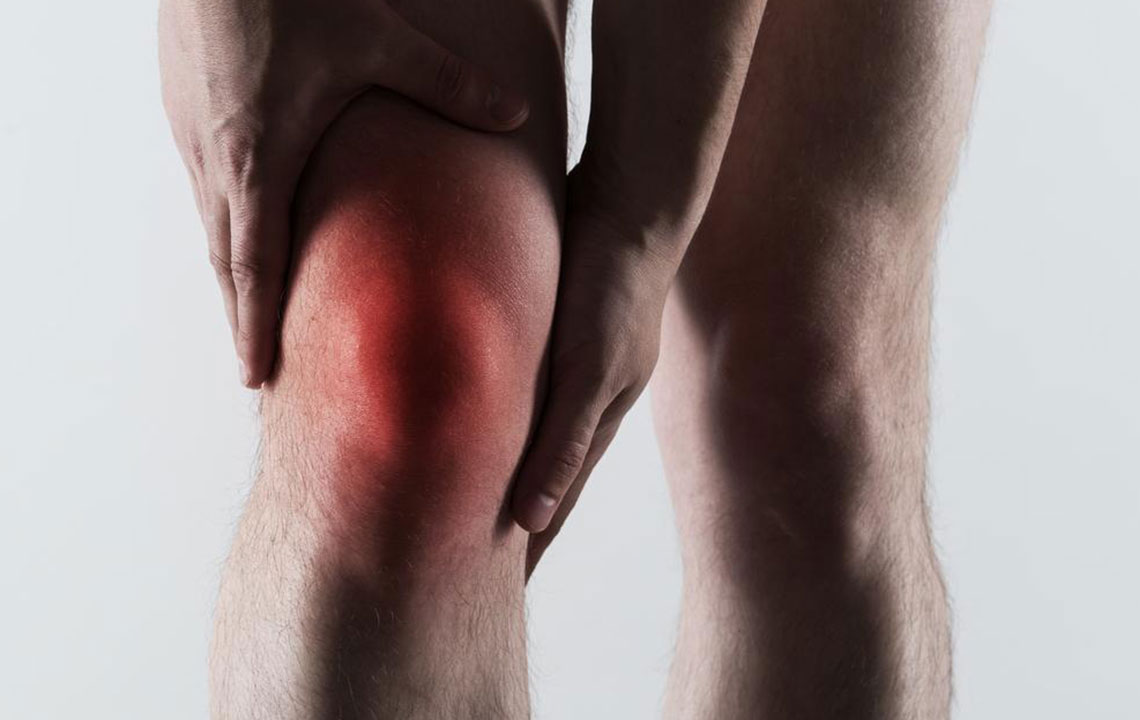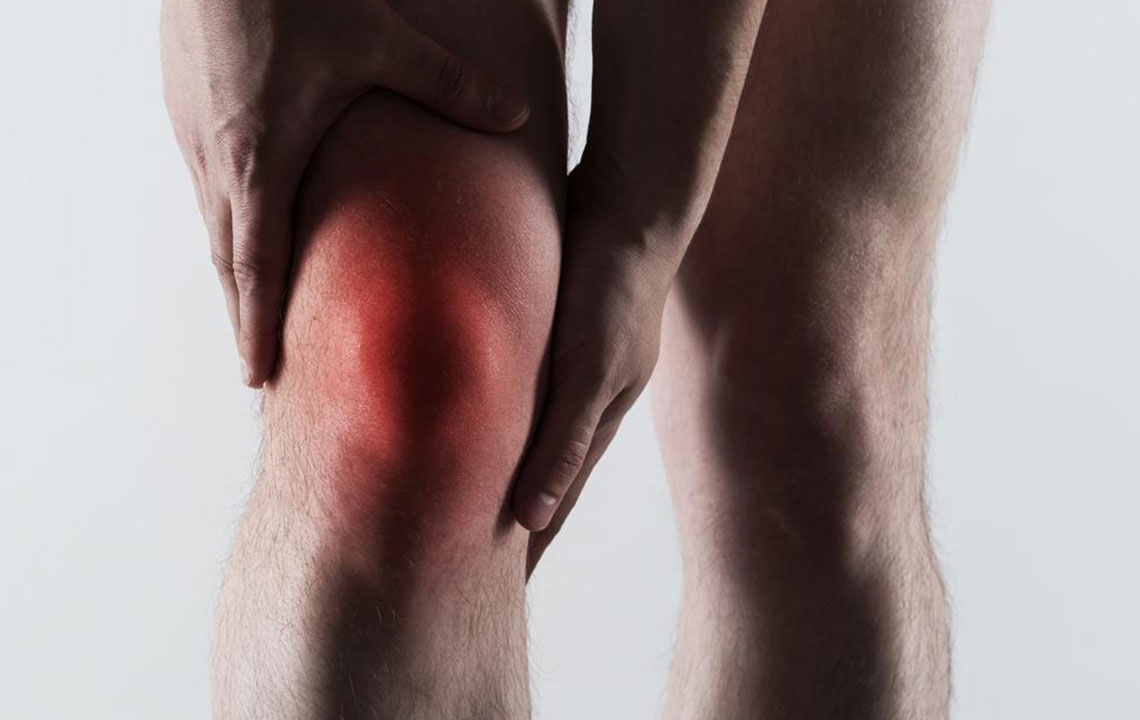Effective Methods to Manage Gout Pain and Prevent Future Flare-Ups
This comprehensive article explores effective strategies to manage gout pain, including dietary modifications, medications, and natural remedies. It emphasizes the importance of early diagnosis, lifestyle adjustments, and regular medical care to prevent complications such as kidney stones and cardiovascular diseases. Practical tips and holistic approaches are discussed to help those suffering from gout achieve long-term relief and improved quality of life.

Comprehensive Strategies for Managing Gout Discomfort and Ensuring Long-Term Relief
Gout is a notoriously painful form of inflammatory arthritis resulting from the accumulation of uric acid crystals within the joints. This condition predominantly affects the big toe but can involve other joints such as the ankles, knees, elbows, and wrists. The intense pain, swelling, redness, and tenderness associated with gout can significantly impair daily activities and overall quality of life. Understanding the underlying causes, risk factors, and management options is vital for those affected and their caregivers.
Gout develops when elevated levels of uric acid—a waste product formed when the body breaks down purines found in many foods—lead to crystal formation in the joints. Normally, uric acid dissolves in the blood, but in certain individuals, either overproduction or decreased excretion causes its buildup. These needle-like crystals deposit in joint tissues, provoking an inflammatory response that leads to sudden and severe pain episodes known as gout attacks. If left untreated, these crystal deposits can cause chronic joint damage, tophi (visible nodules), kidney stones, and increase the risk of cardiovascular diseases.
It's essential for anyone experiencing joint pain, especially sudden and intense episodes, to seek medical diagnosis promptly. A healthcare professional can perform various diagnostic tests, including joint fluid analysis, blood tests to determine uric acid levels, and imaging studies like ultrasound or dual-energy CT scans. Confirming gout allows for personalized treatment strategies aimed at alleviating acute symptoms and preventing future attacks.
Modern gout management encompasses a holistic approach—combining lifestyle modifications, dietary changes, medications, and home remedies—to control uric acid levels and reduce inflammation effectively. The cornerstone of long-term management involves lowering uric acid levels through pharmacological agents and lifestyle interventions.
Dietary modifications play a pivotal role. Patients are encouraged to adopt a diet rich in complex carbohydrates such as whole grains, fresh vegetables, fruits high in antioxidants, low-fat dairy products, legumes, and nuts. These foods help lower serum uric acid levels and provide essential nutrients supporting joint health. Incorporating healthy cooking oils like olive oil, sunflower oil, or canola oil can promote overall cardiovascular health and reduce inflammation.
Vitamin C supplementation, ideally around 500-1000 mg daily, has been shown to support uric acid excretion. Adequate hydration is crucial; drinking plenty of water helps dilute uric acid and facilitates its elimination through the kidneys. Patients should aim for at least 8-10 glasses of water daily, especially during gout attacks.
Conversely, it is advisable to avoid foods and beverages that can trigger gout attacks. These include red meats such as beef and lamb, organ meats like liver and kidneys, shellfish such as shrimp and crab, and processed meats. Alcoholic beverages, particularly beer and spirits, as well as sugary drinks and sodas high in fructose, should be minimized or avoided altogether.
Medications form an integral part of gout treatment. Nonsteroidal anti-inflammatory drugs (NSAIDs) like ibuprofen and naproxen are commonly prescribed to control pain and inflammation during attacks. Colchicine and corticosteroids are other options for rapid symptom relief. For long-term management, doctors may prescribe urate-lowering therapies such as allopurinol or febuxostat, which help reduce uric acid levels and prevent future flare-ups.
Home remedies and natural approaches can complement medical treatment. Apple cider vinegar mixed with honey is believed to have anti-inflammatory properties that may provide some relief. An effective natural remedy involves mixing lemon juice with baking soda—a process that helps alkalize the body, allowing uric acid to dissolve more easily. Consuming cherries or cherry juice is widely recognized for its antioxidant and anti-inflammatory benefits, possibly decreasing the frequency and severity of gout attacks.
In addition to managing symptoms, lifestyle changes are essential for long-term gout control. Maintaining a healthy weight reduces the strain on joints and decreases uric acid levels. Engaging in regular, gentle exercises such as walking, swimming, or cycling can promote overall health and prevent weight gain. However, patients should avoid high-impact activities during acute gout attacks to prevent worsening symptoms.
Consistency and patience are key. Gout is a chronic condition that requires ongoing management to maintain remission and prevent episodes. Regular medical check-ups, adherence to prescribed medications, and lifestyle adjustments create a comprehensive defense against gout recurrence. With proactive management, individuals can significantly improve their quality of life, reduce the risk of complications, and enjoy their daily activities with minimal discomfort.
In summary, managing gout effectively involves a combination of dietary strategies, medical treatment, natural remedies, and lifestyle changes. Early diagnosis and diligent management can prevent serious complications and ensure sustained joint health. Remember, a multidisciplinary approach tailored to individual needs offers the best chance for long-term relief from gout pain and associated health risks.





